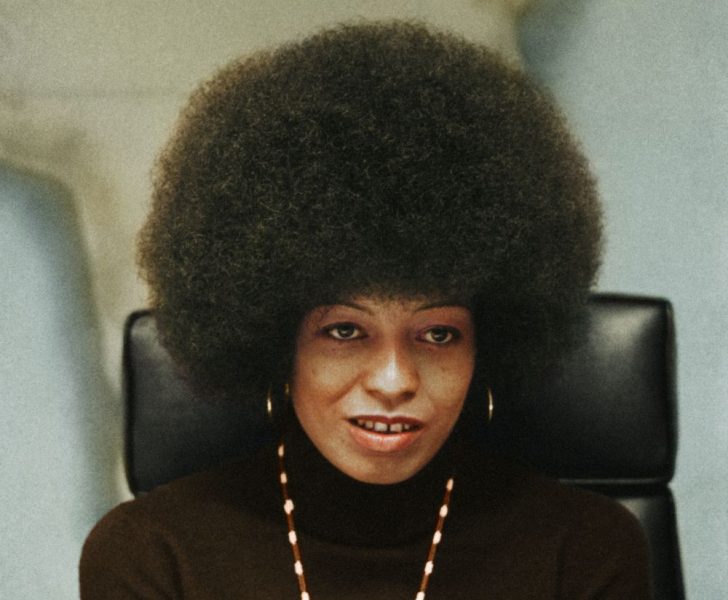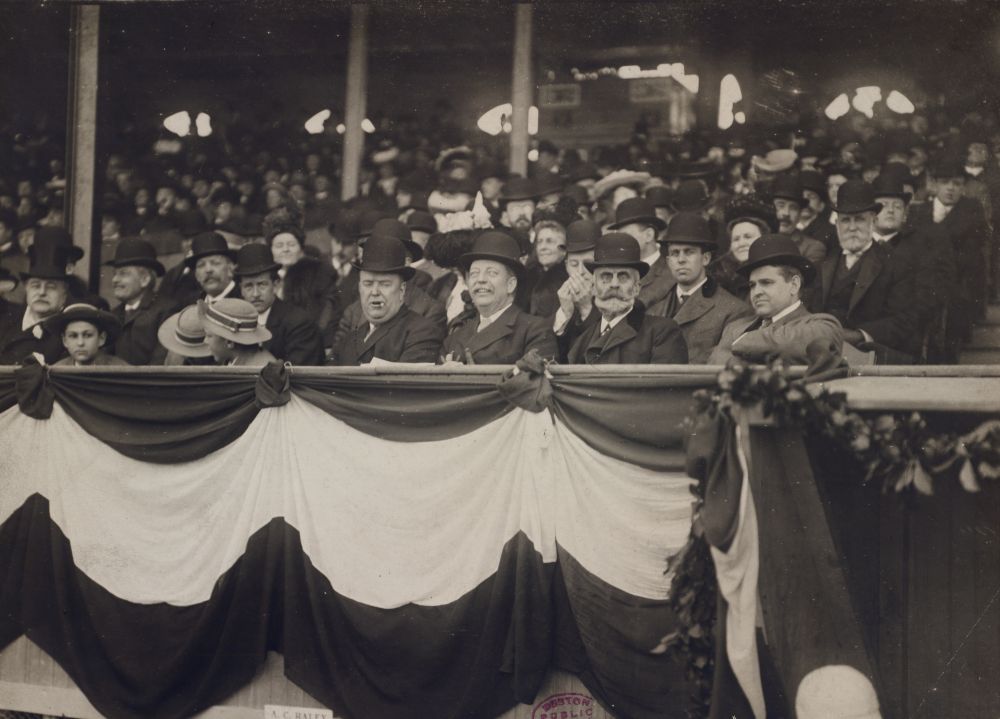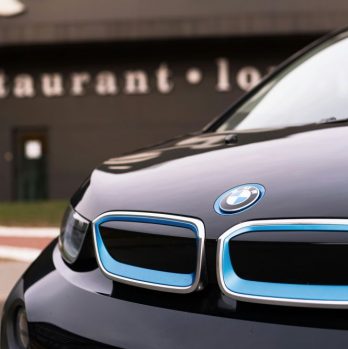Classic American Cars: A Timeless Automotive Heritage

Introduction:
When it comes to automobiles, few things capture the imagination quite like classic American cars. These iconic vehicles have become symbols of American culture and have captivated car enthusiasts around the world for decades. In this comprehensive article, we will delve into the world of classic American cars, exploring their history, types, popularity, differences, and the factors that drive enthusiasts to own them.
I. An Overview of Classic American Cars

Classic American cars refer to vehicles manufactured mainly between the 1940s and 1970s. These cars embody the spirit of post-war America, showcasing stunning designs, powerful engines, and luxurious features. They are synonymous with freedom, adventure, and the open road.
II. The Comprehensive Presentation of Classic American Cars
2.1 Types of Classic American Cars
Classic American cars can be classified into various categories such as muscle cars, luxury cars, pony cars, and pick-up trucks. Each type possesses unique characteristics that distinguish them from one another. Muscle cars, such as the Ford Mustang and Chevrolet Camaro, are known for their powerful engines and sleek designs. Luxury cars, including the Cadillac Eldorado and Buick Riviera, epitomize elegance, comfort, and prestige. Pony cars, like the iconic Ford Mustang, are smaller, sporty vehicles designed for style and performance. Pick-up trucks, such as the Ford F-150 and Chevrolet C10, are rugged vehicles built for utility and versatility.
2.2 Popularity and Legacy
Classic American cars have garnered a massive following worldwide. Their popularity stems from their timeless designs, powerful engines, and nostalgic appeal. Enthusiasts appreciate the craftsmanship and attention to detail that went into their creation. Classic American cars have also left a lasting impact on popular culture, featuring prominently in movies, music, and art. The Ford Mustang, for instance, became the ultimate symbol of cool and freedom in films like ”Bullitt” and ”Gone in 60 Seconds.”
III. Quantitative Measurements of Classic American Cars
3.1 Production Numbers and Rarity
Understanding the production numbers of classic American cars can shed light on their rarity and desirability. For example, the Chevrolet Bel Air, one of the most iconic classic cars, saw mass production, making it relatively more accessible. However, rare models, like the Shelby Cobra, were produced in limited numbers, making them highly sought after by collectors.
3.2 Auction Prices and Value
An intriguing aspect of classic American cars is their fluctuating market value. Auctions often set the benchmark for these rare vehicles, with prices occasionally reaching astronomical figures. Factors that influence value include rarity, condition, provenance, and cultural significance. Some classic cars have seen tremendous appreciation in value over time, making them both an object of passion and a lucrative investment opportunity.
IV. Examining the Differences Among Classic American Cars
Classic American cars offer a diverse range of styles, designs, and performance capabilities. From sleek convertibles to muscular coupes, each car has its own personality and characteristics. While some vehicles prioritize speed and power, others focus on luxury or practicality. The Chevrolet Corvette Stingray, with its sleek and aggressive styling, differs greatly from the Lincoln Continental, which exudes elegance and luxury.
V. A Historical Review of Pros and Cons of Classic American Cars
5.1 Advantages
Classic American cars boast several advantages, including their timeless designs, robust build quality, and powerful engines. Many models also feature advanced technologies for their time, such as power steering, air conditioning, and automatic transmissions. Owning a classic American car allows enthusiasts to experience a piece of automotive history and showcase their passion for these iconic vehicles.
5.2 Disadvantages
While classic American cars have their charm, they also come with specific disadvantages. Maintenance and repair costs can be high due to the scarcity of parts, especially for rare models. Fuel efficiency is also a concern, as older engines tend to be less economical compared to modern vehicles. Additionally, the handling and safety features of classic American cars may not meet today’s standards, requiring extra caution when driving.
VI. Key Decision Factors for Car Enthusiasts
When it comes to buying a classic American car, enthusiasts consider several crucial factors. These factors include the condition of the vehicle, authenticity, provenance, documented history, originality, and customization potential. Additionally, some buyers prioritize specific models or brands based on personal preferences or sentimental value. Investment potential and collectability also influence decisions, as enthusiasts weigh the long-term value and appreciation of their classic car.
Conclusion:
Classic American cars continue to captivate the hearts of car enthusiasts worldwide, offering a glimpse into a bygone era of automotive design and engineering. Their timeless appeal, combined with their cultural significance, have solidified their place as objects of desire and symbols of American automotive heritage. Whether it’s the iconic Ford Mustang, the luxurious Cadillac Eldorado, or the powerful Chevrolet Camaro, these cars are cherished for their beauty, performance, and their ability to transport us to a simpler time
. Classic American cars are not merely vehicles; they are living legends on wheels, forever etched in our collective memory.











